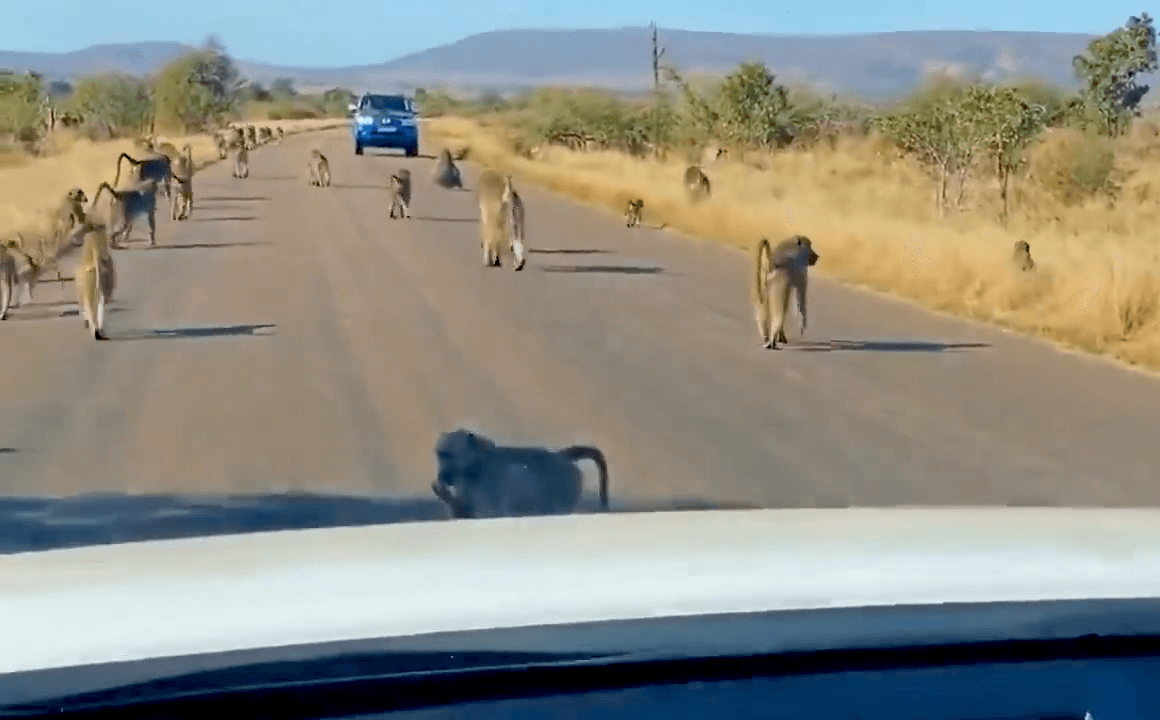Deer hunting in Russia With a rich and at times tumultuous history stretching back centuries, the land of the tsars is a fascinating land to explore. Russia is a biggest country in the world and covers up to 1/8 of the Earth’s land surface. This expansive area allows it to neighbour more countries than anywhere else on earth, as well as touch twenty-two bodies of water and hold twelve seas within its borders. Most of the country has a continental climate with distinct periods of warm and cold weather that increases as you travel east. Temperatures for Moscow and St. Petersburg range from highs of 32 C in the summer to lows of -25 C in the winter. 320 mammal species and about 730 bird species inhabit Russia. Hunting is allowed for about 60 mammal species and 70 bird species. Come and hunt Red Stag and Sika Deer (Axis) with us – you will bring home a great trophy and unforgettable memories. A visa is required to visit Russia. It can be obtained at the nearest Embassy or Consulate.
Post: 16 September 18:39















































